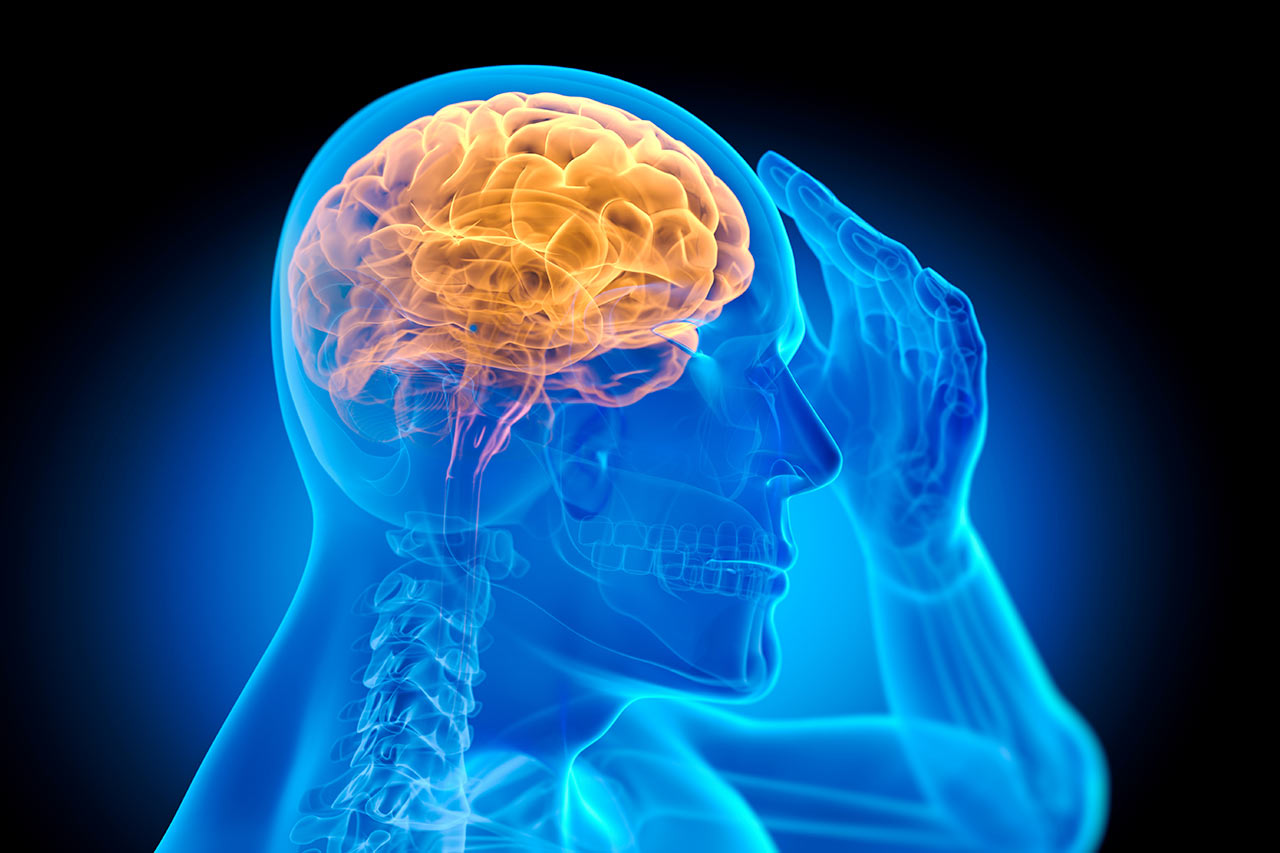What are the challenges in diagnosing hepatic encephalopathy?
There are several challenges related to the diagnosis of hepatic encephalopathy. First, psychometric tests used in clinical practice for the diagnosis of HE are often prone to bias because they depend on intrinsic neurological and psychomotor abilities of the patient. This complicates the interpretation of the results.
Second, the clinical classification of HE is largely subjective. Indeed, there is no quantitative – and therefore more objective – surrogate marker (i.e., a marker that provides information on the state of the disease, its evolution, and the effects of different treatments) for the diagnosis of hepatic encephalopathy.
Moreover, blood ammonium, known to be a central factor in the onset and progression of the disease, is very difficult to measure reliably. It has thus been shown that there is very little correlation between blood ammonium measurements and the severity of hepatic encephalopathy.
Therefore, there is a need for non-invasive measurements of the factors involved in the pathogenesis of hepatic encephalopathy in order to improve the diagnosis accuracy of patients and thus the therapeutic management.
Read also : Position paper Alcimed – The Future Of The Neuro Industry
Magnetic Resonance Spectroscopy (MRS) for hepatic encephalopathy: how does it work?
Magnetic resonance spectroscopy (MRS) is a new advanced imaging technique used in addition to magnetic resonance imaging (MRI) to provide additional non-invasive information about the composition of the imaged tissue.
MRS can be performed as part of a routine MRI on commercially available MRI instruments. Whereas MRI measures mainly water and fat signal distribution in the body and provides structural information, MRS provides biochemical information of body tissue. Proton magnetic resonance spectroscopy in particular (1H MRS) is a unique technique capable of providing metabolomic information in any volume of cerebral tissue non-invasively.
In Europe, three main suppliers share the market: GE Healthcare, Philips Healthcare and Siemens Healthineers. Each of them has developed its own technology and now offers specific innovations, some of them particularly in the field of magnetic resonance spectroscopy.
MRS: a new tool to improve management of hepatic encephalopathy
Recent developments in the field of magnetic resonance spectroscopy have shown that the parameters measured by MRS are influenced by changes in the patient’s neurological status and therapeutic strategies in hepatic encephalopathy.
MRS could therefore become a specific and non-invasive marker for the diagnosis of HE. In this sense, MRS has several advantages.
First, it may outperform other available tools for the diagnosis of HE, especially at the early stage of the disease.
It can also become a valuable tool for assessing the effectiveness of treatment in patients suffering from this disease. The availability of such a technique could also stimulate the development of new therapeutic strategies.
These advances in patient management are not without some drawbacks. First, there is the relatively high cost of these examinations. There is also the need for hospitals to have radiologists specifically trained for MRS. But the benefits of such tools seem to outweigh the few disadvantages associated with them.
Accurate diagnosis and early detection of neurological disorders related to hepatic encephalopathy remains a challenge for physicians today. But new advances in research and clinical fields, the availability of higher magnetic field and new technical innovations are promising. In the future, Magnetic Resonance Spectroscopy could become a tool of choice to better understand the pathophysiology of hepatic encephalopathy, to improve its diagnosis and the therapeutic follow-up of patients. Just as MRI is now the most important paraclinical tool in the diagnosis and treatments of multiple sclerosis patients, MRS has a bright future as a new tool to improve patient care in diseases involving neurological disorders.
What do you think? If your company is active in the field of MRI, exploring innovations in the field of MRS or trying to improve the care of patients with neurological disease, do not hesitate to contact us, our Healthcare team is here to support you!
About the authors,
Emmanuelle, Consultant and Quentin, Project Manager in the Alcimed’s Healthcare team in Switzerland



